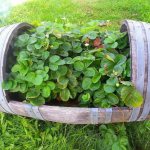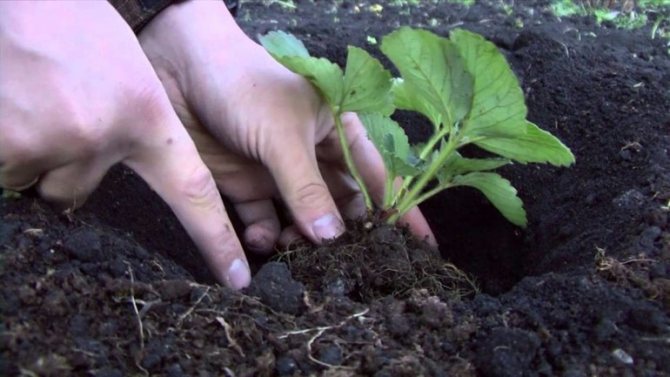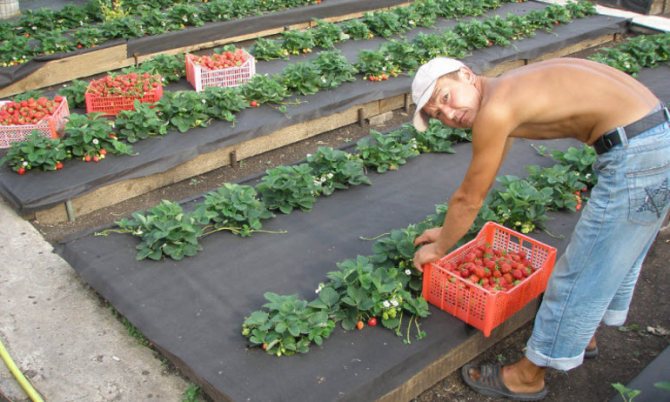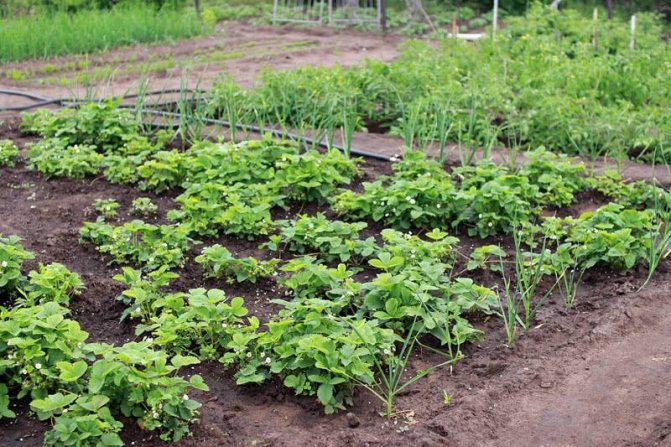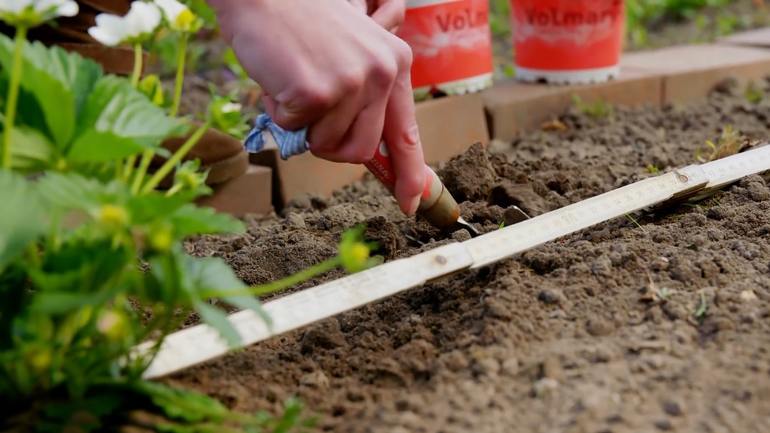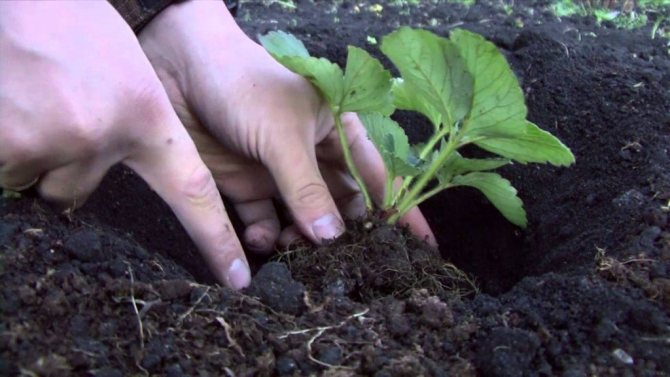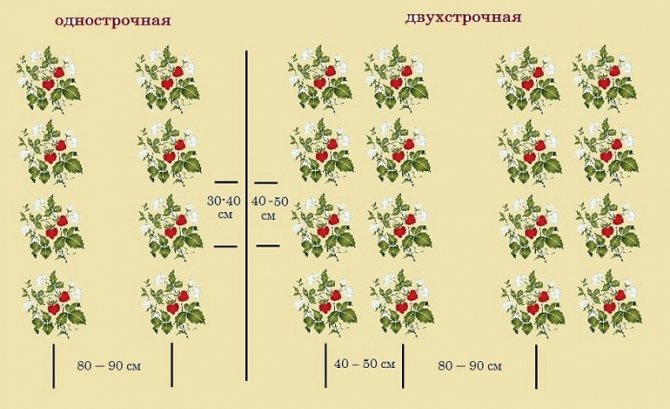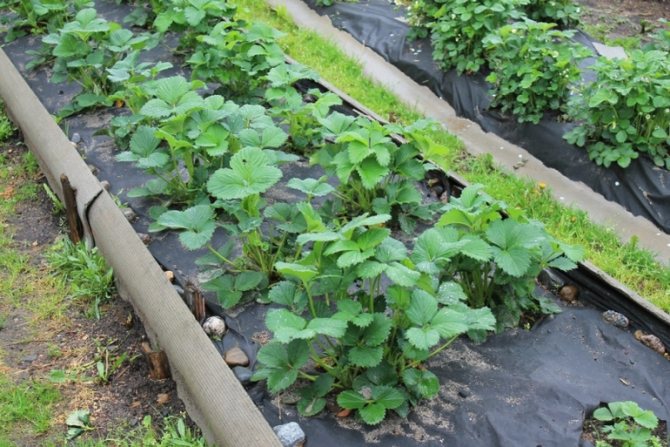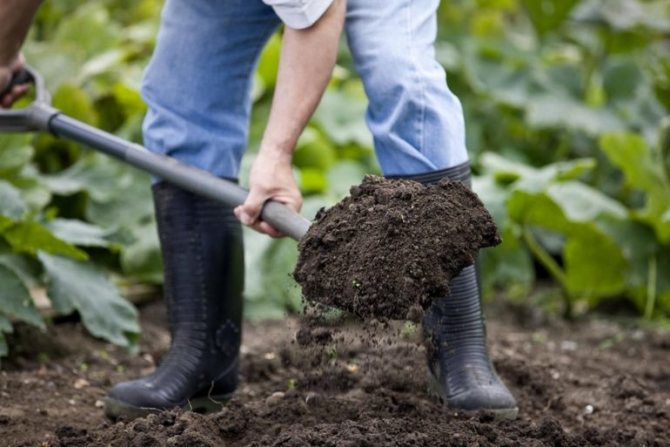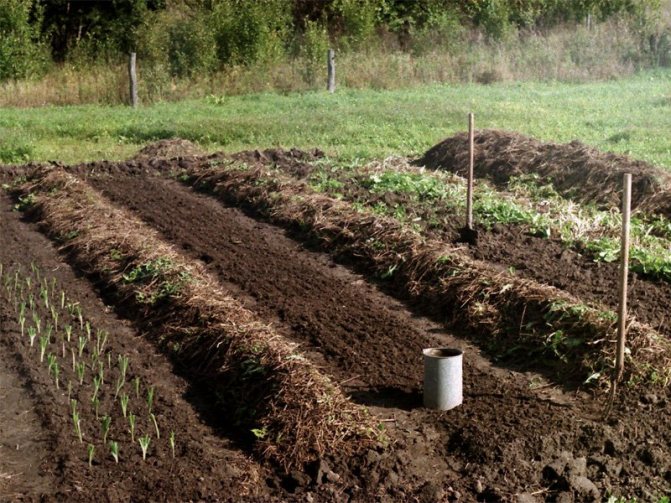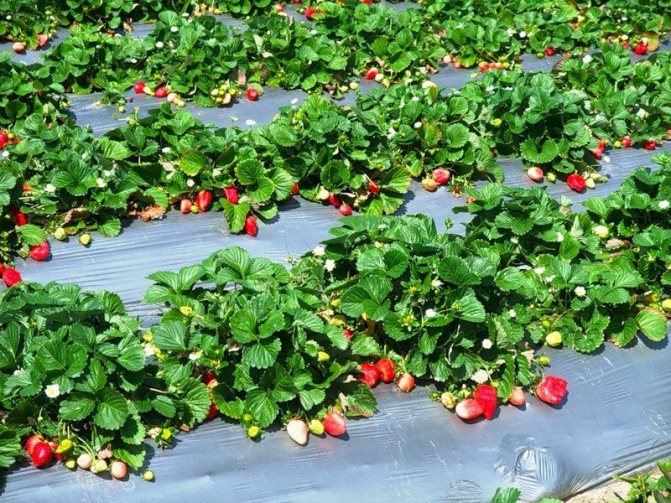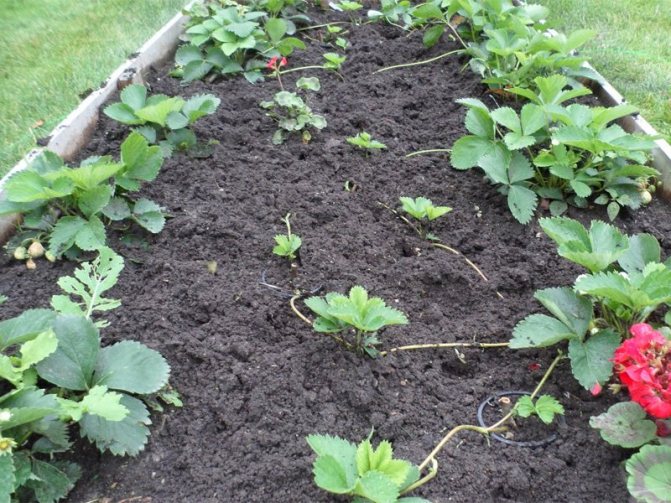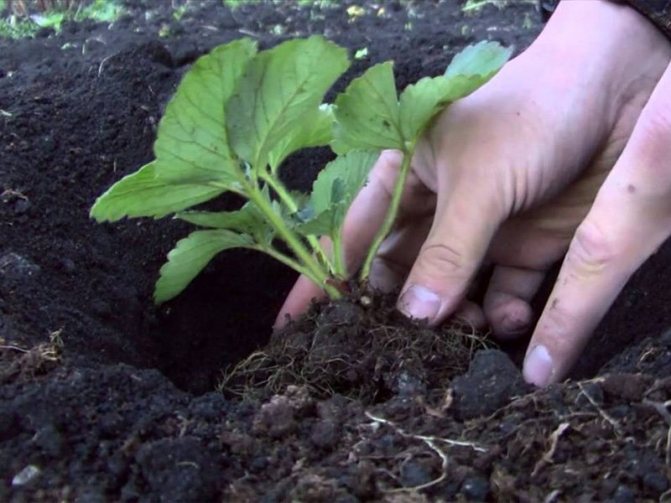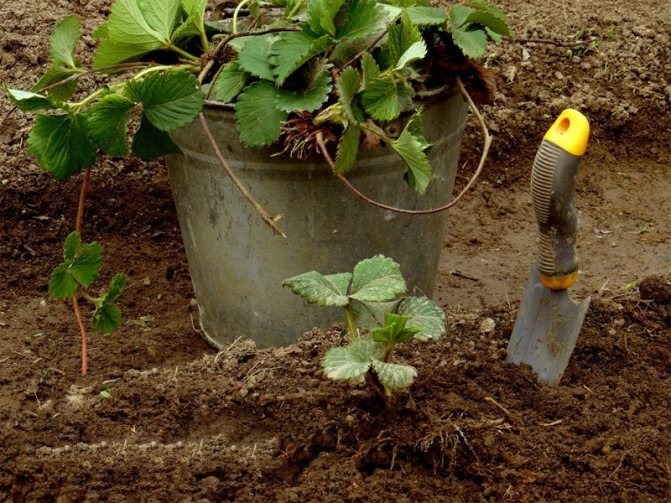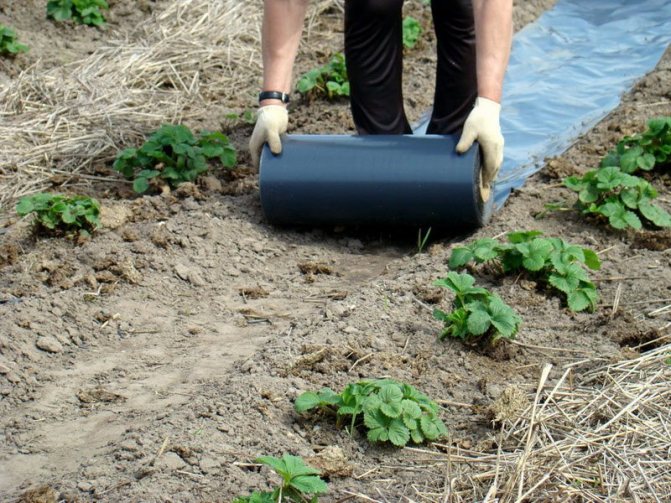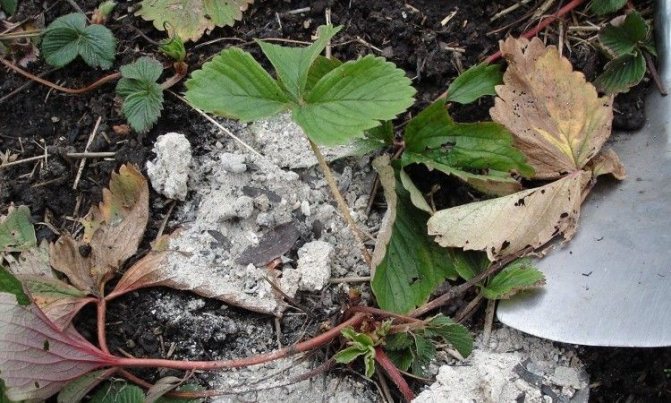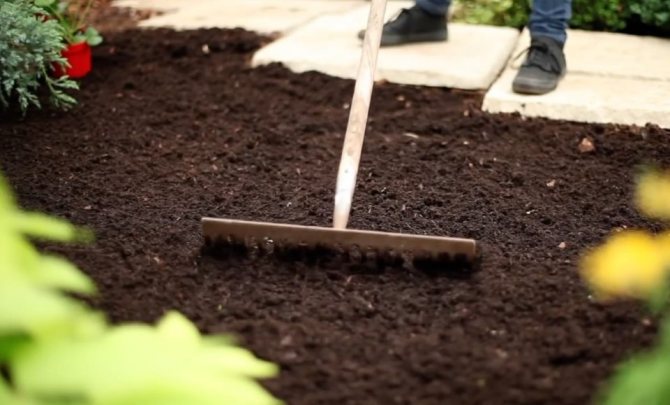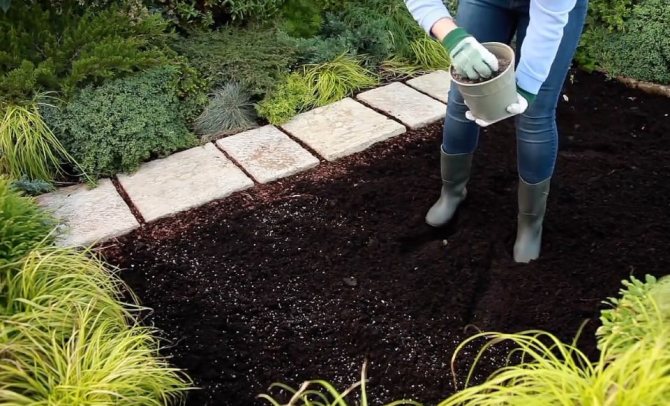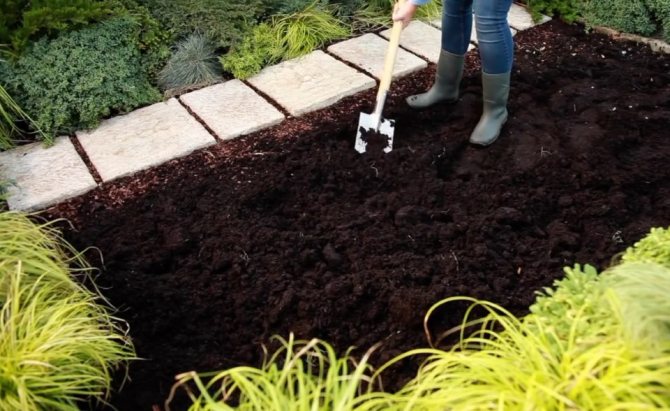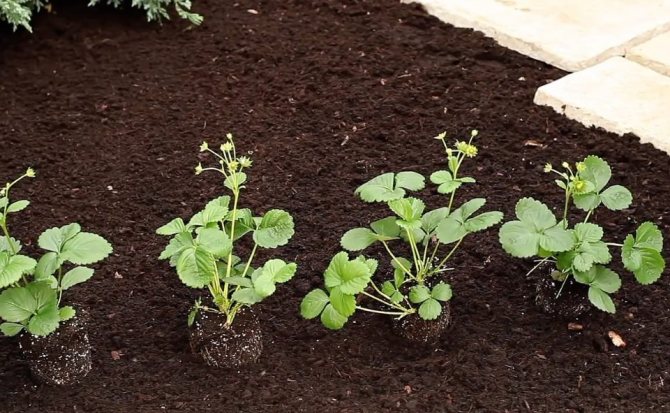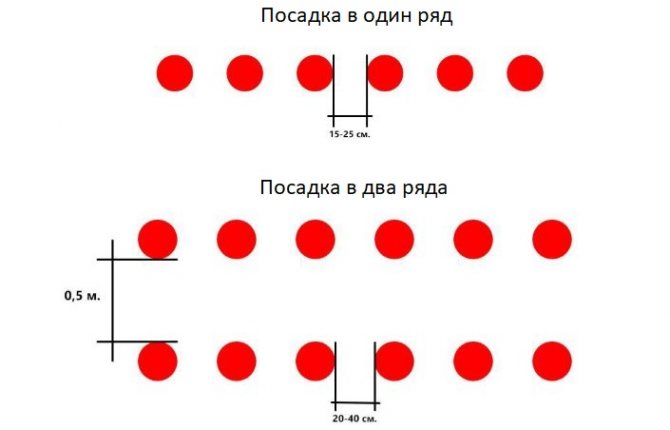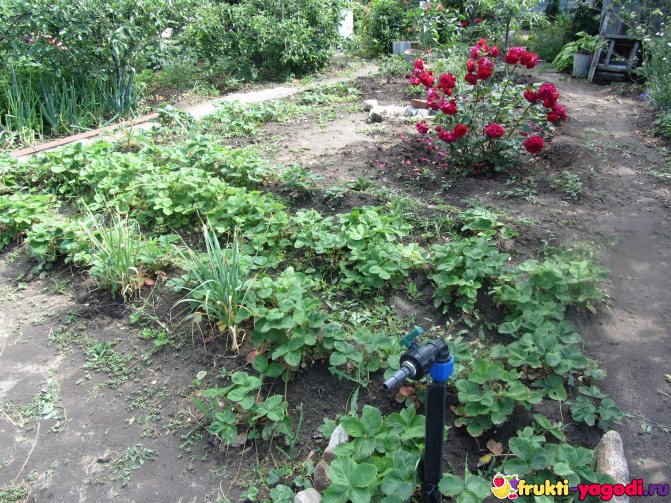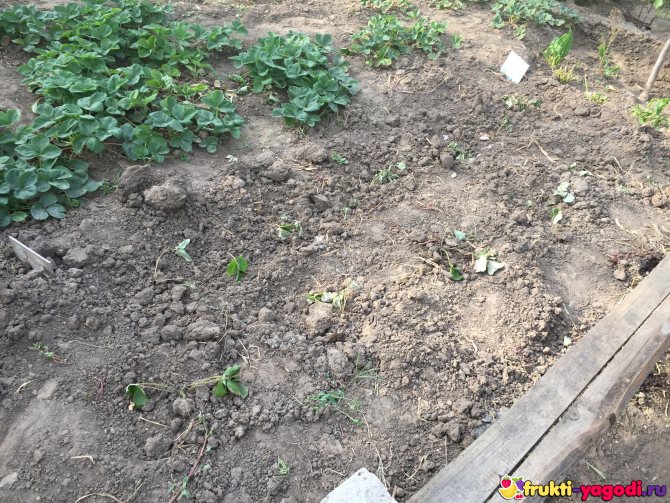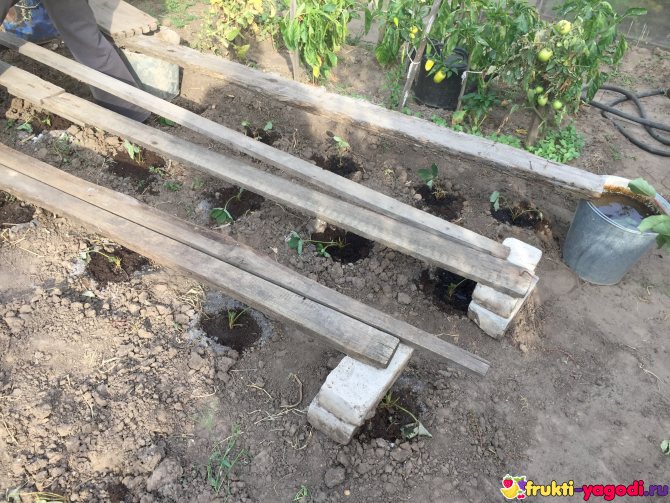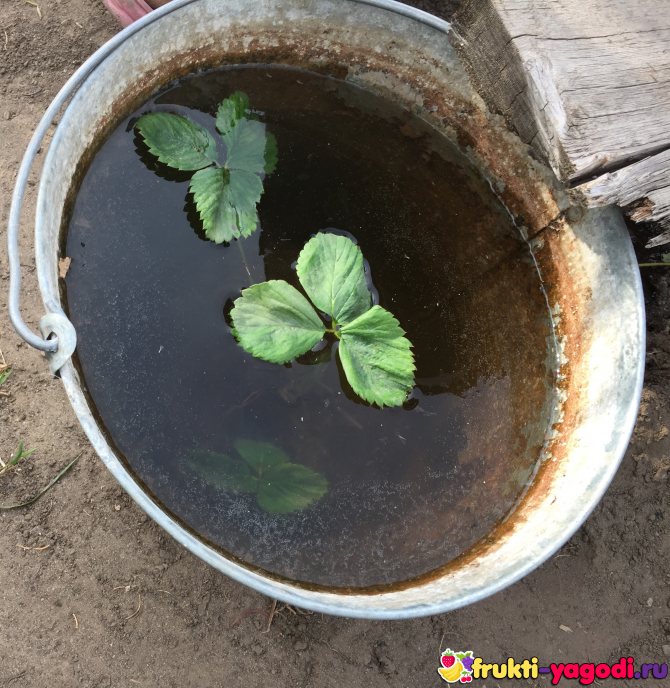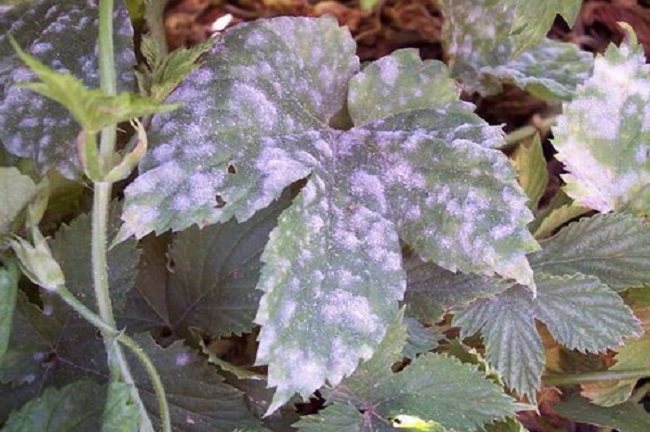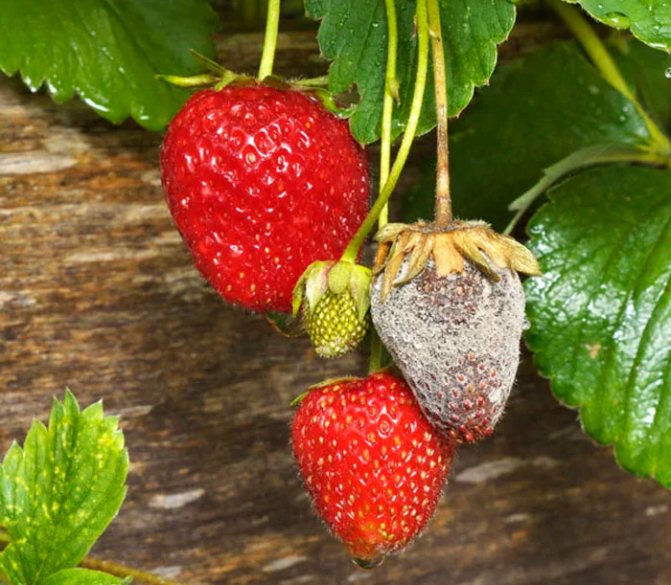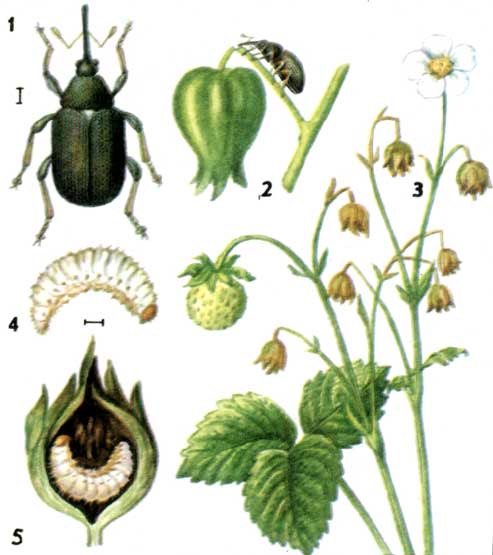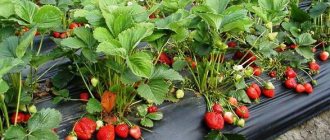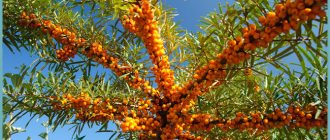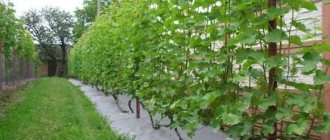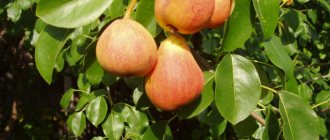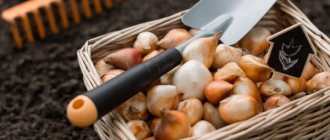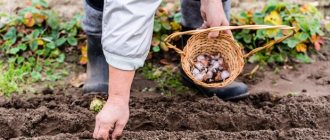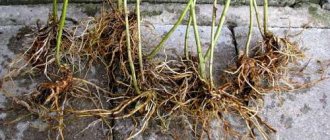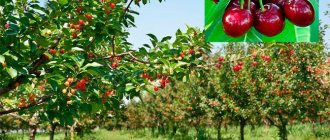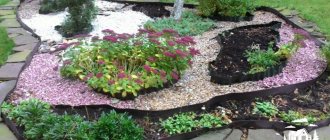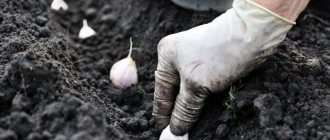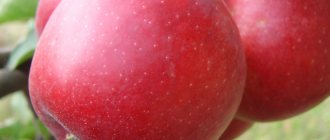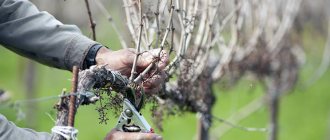Strawberries are one of the most delicious berry crops that take root in most Russian regions. Still, this plant belongs to the group of whimsical and capricious species, but if you follow the simple rules of planting and care, you can get a rich harvest every year.
If you are planning to plant strawberries outdoors, then fall is a great time. Experienced gardeners choose this season because the roots of the plants get enough moisture during the period of frequent rains. How to plant strawberries in the open field in autumn and get a big harvest next year?
The main advantages of the autumn landing
If you missed the spring and summer time in order to place a strawberry garden on your summer cottage, it does not matter. After all, the autumn season is perfect for creating optimal conditions for the adaptation and growth of seedlings.
- Firstly, from the beginning of September to mid-October there are still good fine days, and at night there is still no frost. And these are the most suitable conditions for the rooting of young outlets.
- Secondly, the strawberries planted in September will begin to bear fruit as early as next spring.
- Thirdly, the scheme for planting strawberries in the fall has several options available. Everyone can choose the most profitable way.
- Fourth, the grower gets the opportunity to grow a good berry crop with less effort.
Reviews of gardeners
matreshka19
The most suitable time for transplanting strawberries is in August, so that before the cold weather it can take root and gain strength.
alina11
Strawberries are propagated by seedlings (rosettes). Seedlings are either bought or grown on their own plantings, which are grown on the shoots (whiskers) of mother bushes. The best rosettes are those that are closer to the mother bush.
Outdoor carpet planting technology
The simplest scheme for planting strawberries in open ground for summer residents who cannot spend a lot of time on the site is carpet. Purchased or own seedlings are densely planted in a suitable area in a checkerboard pattern. After wintering, young plants will grow, and after flowering, they will begin to release a mustache. They are not taken away, not guided, but allowed to grow freely. This is the essence of the method. It is necessary to let the strawberry garden grow in the allocated area, fill the space between the bushes. Due to the densely overgrown surface near the roots, a special microclimate is formed. The moisture evaporates gradually, that is, the gardener can water less often. Weeds have less room to grow from densely intertwined shoots. This means that you can weed the garden less often. The only drawback that this scheme for planting garden strawberries conceals is that the berries become smaller in a couple of years.
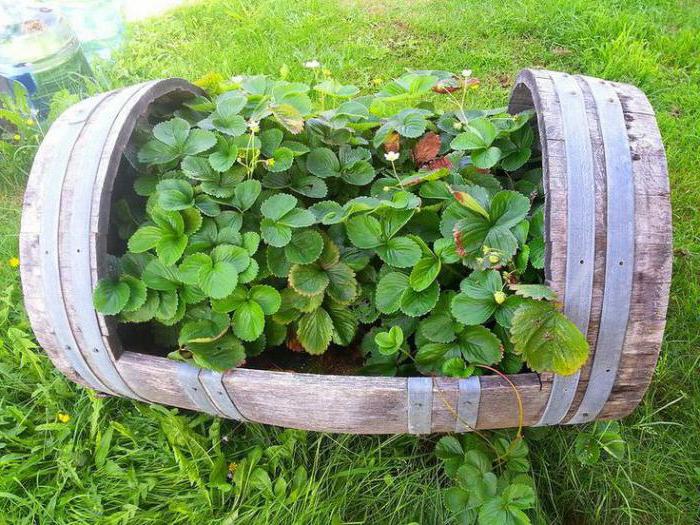
Diseases and pests
| Powdery mildew Symptoms:
Treatment:
|
| Gray rot Symptoms:
Treatment:
|
| Raspberry-strawberry weevil Symptoms:
Treatment:
|
Applying the string method
The most suitable time to use this method is from the end of August to the second decade of September. It is better to choose a cloudy rainy day or evening time on a normal day. The line diagram of strawberry planting assumes an arrangement of 20 sq. m. 120 - 140 seedlings. They are placed in one or two lines. In this case, the distance between the sockets is left at 15 cm, and between the rows - up to 70 cm.If the two-line method is used, then the distance between the lines is measured by 30 cm.
Recommendation: the scheme for planting strawberries in open ground will give good results when using sterile gardening tools, disinfecting the soil, as well as using high-quality planting material.
For disembarkation, it is recommended to use a cord, then the lines will come out even. The cord is pulled from one to the other pegs, which are placed on opposite edges of the beds. Next, markup is carried out using a tape measure. In the designated places, small holes are made with a hand spatula or hoe. The depth of the hole should correspond to the size of the seedling roots. The roots should not twist. Before planting, the hole is well watered with water, crushed with humus. After that, one seedling is placed in it, covered with soil and tightly squeezed from all sides.
Important! The plant's point of growth should be flush with the ground. If the soil covers the young leaves, the plant will start to rot and die. If the soil is lower than necessary, the strawberries will freeze over the winter.
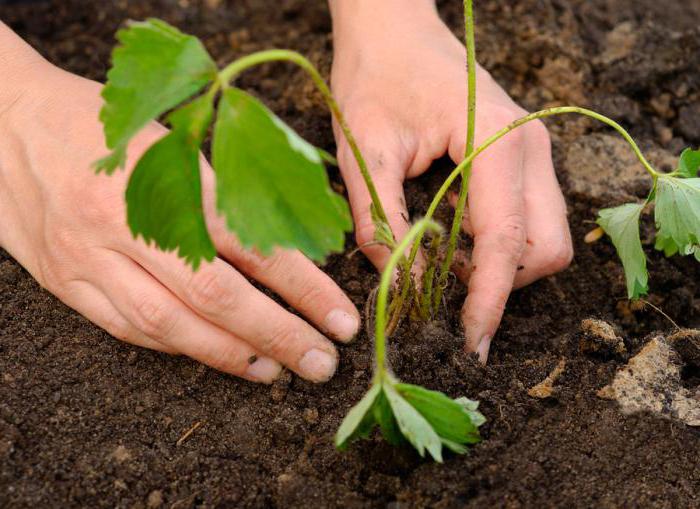

general information
Strawberry is an evergreen plant with a shortened rhizome. He has a small stem, which after a certain time begins to grow stiff. The culture forms three types of shoots:
- Horns. They are also called rosettes. They appear on the side of the stem from vegetative buds. The "heart" is red. The larger it is, the better the harvest will be.
- Mustache. These are long and thin loops, with the help of which young plants are separated from the main bush. Whiskers of the first and second order are considered the most suitable for obtaining seedlings.
- Peduncles. This part is not suitable for obtaining planting material.
The main feature of strawberries is their ability to constantly renew. A large number of seedlings can be obtained from several bushes in a short time.
The berry is very picky about the surrounding conditions:
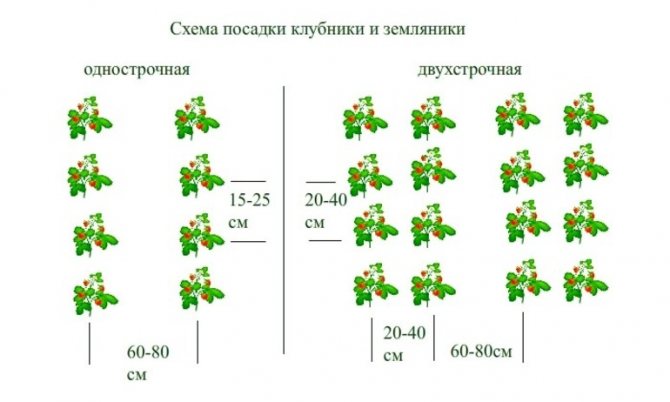

- Temperature. This plant can be called winter-hardy. It easily tolerates frosts down to -12 degrees Celsius. If the strawberries are insulated for the winter, then they tolerate the cold at -35 degrees. There is a possibility of damage to flowers and buds during spring frosts. But the culture blooms unevenly, so the loss of the entire crop is excluded.
- Shine. Strawberries love lots of light, but can thrive in light shade. It can be planted between rows in a young garden, but in the dense shade of large trees, the fruits will be small.
- Moisture. The culture is demanding on the amount of water. It can withstand short-term flooding, but will not grow on too wet soil. Drying out also harms the plant, which slows down the development of the bushes and decreases the yield.
The impact of external factors on the yield can be significantly reduced if the correct agricultural techniques are used. The crop should not be planted in one place for more than four years in a row. It is advisable to alternate it with other plants.... The most suitable predecessors are:
- Garlic.
- Greens.
- Legumes.
- Cabbage.
- Beets and carrots.
- Tulips and daffodils.
Poor precursors are potatoes, squash, pumpkin, tomatoes, cucumbers, melon, and watermelon. Strawberries grow worst of all in the area where potatoes were previously planted.
Nesting method
Seedlings prepared in this way can be planted in the form of nests. In this case, the scheme for planting strawberries in the fall is suitable. That is, it is necessary to choose a time for work with optimal weather conditions no later than the second half of September. To implement the nesting method, you need a large area. On it, the holes are placed as follows: they make the main one in the center, and 6 more pieces are dug around it at a distance of 7 cm. One bush is planted in them (less often two). The resulting hexagon will be the base of the row. Several more of the same hexagons are placed in it at a distance of 25 cm.In order to make the next row, about 40 cm recede from the first.The scheme for planting strawberries by the nesting method guarantees high yields (subject to the availability of high-quality seedlings).
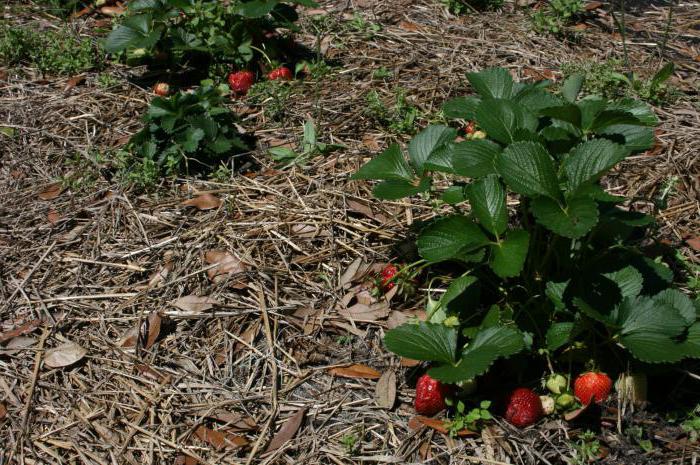

The choice of planting material
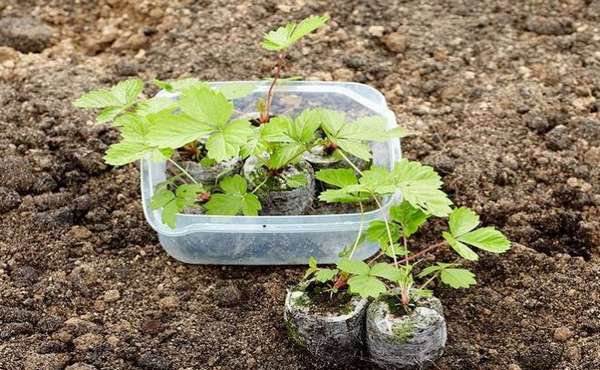

Waiting for a harvest from weak seedlings is a useless exercise, therefore, before the autumn work, all issues with planting material are resolved.
Use:
- seedlings from their own beds;
- varietal seedlings purchased from nurseries.
On a note! Purchased strawberry bushes are immediately identified on the garden bed or dripped in a shaded corner of the site.
Purchase of seedlings
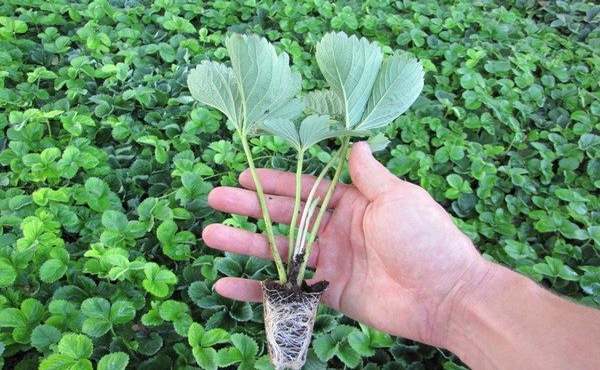

Signs of quality seedlings:
- long branched roots (at least 6-7 cm);
- healthy root collars with a diameter of 6-7 mm;
- the presence of 3-6 formed leaves;
- the color of the leaves is rich green, with shine, pubescence.
Seedlings of zoned varieties are chosen, since “southerners” are hard to take root in unusual conditions for them, get sick and often die.
Bushes with wrinkled leaves covered with spots or dots, sore and dry roots will not work. These are signs of fungal infections, damage to plants by strawberry mites.
Getting seedlings from the garden
Their seedlings are obtained by reproduction of a mustache or by dividing a bush (for "mustache" varieties).
Mustache seedlings
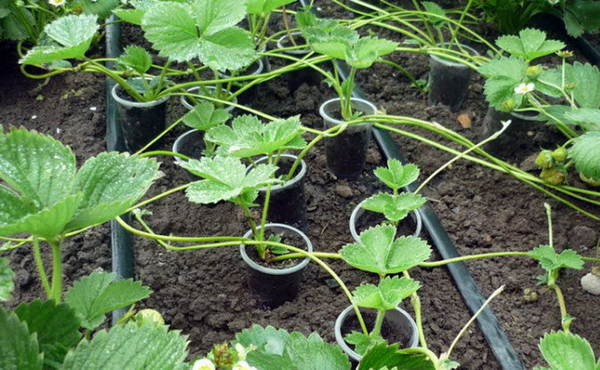

To get your own seedlings in advance, even during the summer, tendrils are added in healthy fruiting plants. Age - 1-2 years. Take the first 1-2 antennae, carefully sprinkle them with earth for rooting. It is advisable to choose bushes with a small amount of berries in a particular season, then the growing antennae will be powerful, strong.
As soon as the roots appear, all other stems are removed. Rooted sockets will receive all the necessary nutrition from the main bush, and they are separated before planting.
Seedlings obtained by dividing a bush
Plants 2-3 years old are selected, carefully divided into two parts. Growth points, healthy strong roots remain in each half of the bush.
Divide the strawberries just before planting, so that the plant avoids unnecessary stress and quickly adapts to a permanent place.
Vertical breeding technology
Another high-yielding technology that allows you to pick ripe berries even under the condition of heavy, barren soil on the site. However, a certain scheme must be used. Planting strawberries in August - September will serve as the basis for a strong healthy plantation when spring awakening. To organize a vertical ridge, you will need special equipment. This can be a homemade pyramid, factory-made tiered pots, tight bags, or any suitable container.They are placed near the walls, lining up in several tiers. If the soil on the site is poor, use imported or purchased fertile soil. Containers are filled with them and several plants are planted at a distance of 7 cm from each other. In winter, containers can be placed in a heated greenhouse. If this is not possible, then the tiers are dismantled. All containers are placed on the ground and covered with foliage, peat or agrofibre for the winter. In the spring, the vertical structures are opened and reassembled. You will need to water the berry regularly, preferably with warm water. You will also need to apply liquid fertilizers, weed the beds and remove the mustache.
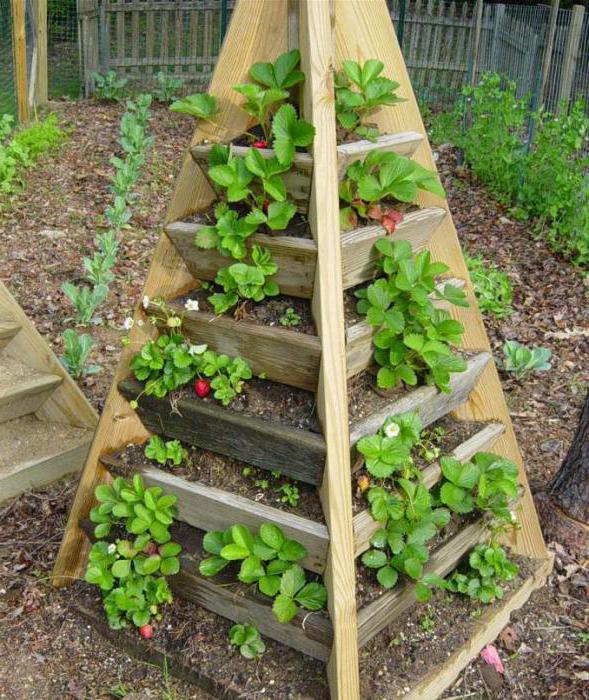

Preparation of planting material
After preparatory work on the site, in about 4-5 days, they begin to prepare the seedlings:
- inspect seedlings;
- cut long roots (up to 8-10 cm);
- remove the leaves, leaving 3-5 pieces.
On the day of planting, the roots of the seedlings are soaked in solutions that stimulate growth, protect against pests and pathogens. For these purposes, the following are suitable:
- Epin;
- Kornevin;
- clay solution (talker);
- garlic infusion (1 kg of stalks, shooters, husks are poured with a liter of warm water, insisted for a week, before soaking, 150 ml are diluted in a bucket of water).
Such a solution is subsequently used for treating strawberries from pests (thrips, weevils, ticks, leaf-eating caterpillars).
Planting scheme for strawberries under agrofiber
Gardeners have long appreciated the benefits of agrofibre. Technologies with its use can greatly simplify the process of growing plants. During the autumn planting of strawberries according to any of the proposed schemes, the site is covered with agrofibre for the winter. In the spring, they do not take it off immediately after the snow melts, but wait until warm weather sets in and there is no frost at night. During this time, well-rooted seedlings from the fall will awaken and begin to grow in the conditions of the microclimate created by the covering material. If you use small greenhouses in the form of tunnels, the result will be even better.
Landing dates
Depending on the climate of the territory, the exact dates of disembarkation vary. The optimal time is from mid-August to the end of October.
Early dates - from August 15 to September 18-20, in mid-autumn - from September 20 to October 8-10, late - from October 10 to the end of the month (taking into account the onset of frost).
Temperature range:
- during the day + 12ºC… + 20ºC;
- at night - not lower than + 5ºC.
In the middle lane and to the south, work is done in late summer and September. In a warm autumn in the Moscow region, in the middle lane, before the cold weather, strawberries planted in early October will take root.
In the Urals, in the regions of Siberia, in the North-West, one should not be late. Frosts in these territories come early, so the dates are shifted:
- in the Urals from late July to August 15-20;
- in Siberia - August;
- Northwest - from August 15-20 to September 10.
In Ukraine, the climate is milder, strawberries are planted until the last decade of October.
Which varieties are suitable for autumn cultivation?
Often, summer residents believe in bright advertisements for super-varieties of strawberries (very sweet, juicy, large, fruitful, etc.) and buy expensive varietal material that dies at home and does not give the promised results. The fact is that most often it is intended for industrial cultivation. It needs special conditions, constant temperature and humidity. These include, for example, Gigantella, Albion, Queen Elizabeth 2.
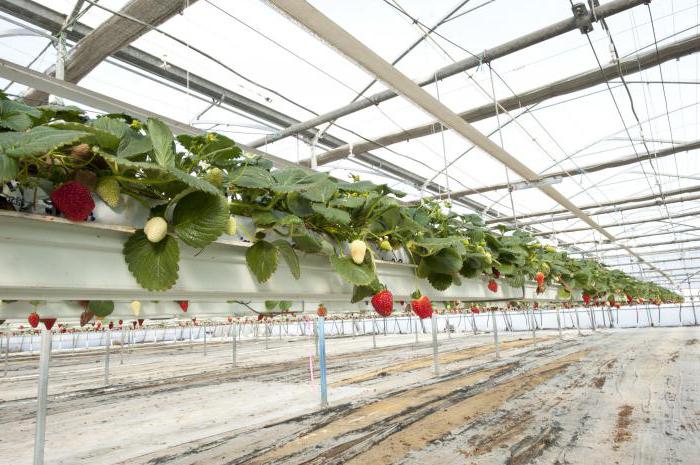

For the conditions of an ordinary garden, it is better to choose proven varieties that are able to withstand the proposed temperature regime, are resistant to common diseases and have excellent taste. Among the early ones, Zarya, Julia, Olvia, Hanni have established themselves. Mid-season - Lord strawberry. The planting pattern can be lowercase on ridges, and grows well in hydroponics. The varieties Elephant and Festivalnaya are also recommended. Throughout the summer, you can harvest from remontant varieties - Vima Rina or Albion.


Any proposed scheme for planting strawberries is effective, judging by the reviews of gardeners. The pros and cons of each technique are obvious, so it's easy to choose the most suitable one. However, one should not hope that large yields will depend only on the correct planting according to a certain method. Juicy and ripe, the berry will grow with good care.
Where to plant strawberries
Strawberries should grow in loose and breathable soil with low acidity (pH - about 5.5). Various soils are suitable for culture, in this sense it is not very demanding: it feels good both on black soil, and on loam, and on sandy loam. But any land must be properly filled with organic and mineral fertilizers. The plantation needs to be protected from cold winds. Neither dry nor swampy areas are suitable for planting strawberries. Groundwater should not be closer than 1 m to the soil surface.
On light soils with a lack of watering, strawberries suffer from drought, and on heavy clay soils they grow poorly and give low yields.
The area on the relief should be more or less even. Planting is possible on small slopes (angle no more than 2o), better than the southwest direction, but it should be remembered that in low places strawberries suffer greatly from frost. It should be borne in mind right away that strawberries will grow in the chosen place for a maximum of 5 years. Usually, after the third year, productivity drops sharply, and by the age of 5, its further cultivation becomes impractical. Therefore, it can also be planted in the aisles of newly planted fruit trees: by the time they grow, the strawberries are removed.
The optimal precursors for strawberries are cabbage, radishes, various salads, legumes, onions, garlic, carrots, and clover. Raspberries and nightshades (tomatoes, eggplants, potatoes) are unsuitable for this.
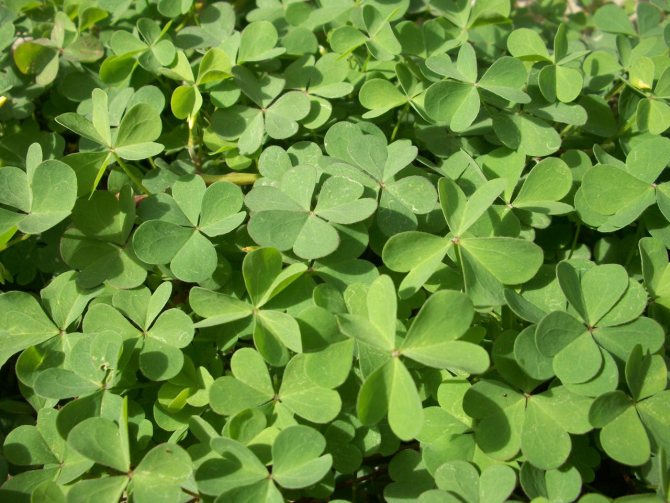

Clover is the best precursor for strawberries
What should not be planted next to strawberries
Almost everything can be planted next to strawberries, except for plants that give a lot of growth: raspberries, blackberries, plums, cherries. And do not forget about the "egoists" - apricot and walnut. These monsters draw all the juices from the ground many meters away. Among the vegetable plants, horseradish, which usually grows throughout the available area, should be included in this list.
Among vegetable crops, the best neighbors are basil, salads, beans, onions and garlic. Good results are obtained by the proximity of strawberries with cucumbers, parsley and cruciferous crops: radishes, radishes, various types of cabbage.
Garlic and onions produce phytoncides, and slugs do not like parsley. True, there is an opinion that due to the pungent smell of bulbous on the plantation there will be fewer bees pollinating strawberry flowers, but the protective effect of onions and garlic is much more important, and pollination of strawberry flowers, as a rule, occurs very easily, there is almost no barren flower on this crop ...
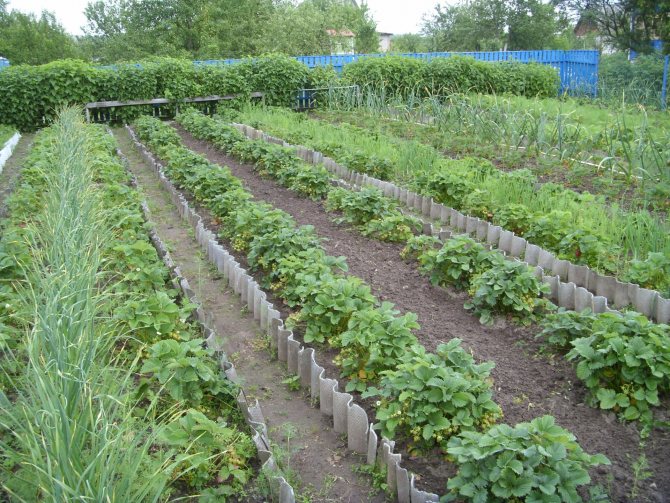

Garlic coexists well with strawberries, repelling insect pests
How to choose strawberry seedlings and prepare them before planting
- Choose fully formed bushes with 3-5 leaflets spread out. They should not be stained, damaged, wrinkled.
- Squat rosettes with a large central bud are the highest quality specimen. Further development and abundant fruiting depends on the size of the heart. If the petioles are long, elongated, the heart is green, in the first year the harvest will be small or there will be no berries at all. If the heart is red, with a diameter of more than 2 cm, it is possible to get about 200 g of berries from a bush.
- Weak plants are not only less productive, but also more susceptible to diseases and pests. It is better to refuse to buy them than to purchase a known problematic copy.
- If the seedlings are already in bloom, take the bushes with the largest flowers. Do not use seedlings with very small flowers or no buds at all.
To establish a new plantation, it is advisable to choose 3-4 varieties, take 3-5 seedlings of each of them for a sample and check in the conditions of your site.
Check the roots
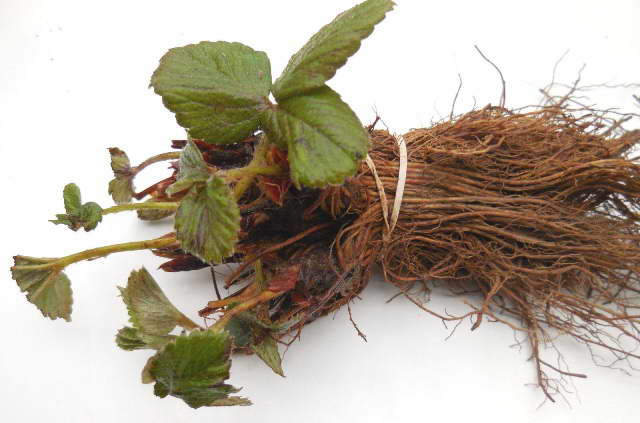

Healthy strawberry seedlings with an open root system photo
When choosing seedlings with an open root system, it is necessary to examine the roots: their length should be at least 5 cm, they should be light. Dark roots indicate a diseased plant. The place of the heart should be thin - the larger its diameter, the older the bush from which the process is separated. The berries in this case will be small.
Prevention of diseases before planting strawberries
The seedlings brought from the nursery must be disinfected. Warm up the water to 50 ° C, immerse the plant completely under water for 15-20 minutes, repeat the procedure after 30-40 minutes. Most pests will die in hot water. For the prevention of diseases, dip in a solution of the following composition for 5-7 minutes: 1 tsp for 10 liters of water. copper sulfate and 3 tbsp. table salt.
Watering regime and necessary fertilizers
After the end of planting work, it remains only to properly care for the crop. Plantings are regularly watered from a watering can so that the soil is always moist. However, the volume of water should be moderate so as not to harm the plant: waterlogged soil is detrimental to garden strawberries. During watering, try to prevent moisture from entering the leaves. On average, the frequency of watering is 2-3 times a week.
Interesting!
To simplify the flow of water to the plantings, many install a drip irrigation system on the site.
Do not forget about top dressing. They begin to be made from 2 years after the transfer of seedlings to the site. Frequency - 3 times per season. In early spring, before the formation of flowers and after harvesting, the bushes are watered with an aged solution of chicken droppings (it is diluted in a ratio of 1:20 and insisted for about 3 days). 500 ml of fertilizer is poured under each plant. It is recommended to additionally spray the culture with any complex top dressing, diluting it in water, strictly following the instructions.
How to plant according to the method of Galina Kizima
The technique describes cultivation as close as possible to natural conditions.
The point is to get plantings where the mustache and the growth of new bushes are not specifically controlled by the gardener. To limit the territory of the strawberry cover, its borders are dug deeply.
Galina Aleksandrovna advises to water the beds, prophylactically treat against pathogenic microorganisms, but does not recommend picking off damaged leaves.
A natural decrease in yield occurs for 5-6 years, then the plot is prepared to plant strawberries again.
Territory processing rules:
- after picking berries, the area of strawberry plantations is evenly covered with a layer of freshly prepared compost of at least 20 cm thick;
- watered with the drug "Renaissance" with a high concentration of microorganisms that accelerate the decay process;
- make a greenhouse, carefully covering the compost with foil.
The covering cloth is dismantled and the site is dug up after 2 months - during this period, the plant mass is overheated, turning into high-quality fertilized soil.
Solid vegetation does not require mulching, only spring-summer organic fertilizing is required.
Choosing a place on the site
Well-lit places where beans, beets, carrots, lettuce, garlic, radishes, celery, and dill were growing are ideal for strawberry bushes. But in areas after peppers and potatoes, cabbage and eggplants, it is not recommended to plant strawberries.
Any type of soil can be suitable for this crop, except for wetlands. A slightly larger yield and large berries grow on loam, black soil, sandy loam soils. An ideal harvest can be obtained even on heavy soils by adding peat, humus, manure or ash. It is desirable that the soil has an acidity in the range - 5.5 - 6.5 pH.
Common problems with autumn planting
- an incorrectly selected site can cause damage to bushes by pests and diseases, as well as poor productivity;
- an excess of moisture can provoke fungus damage to the bushes or rotting of the root system. if you do not take care of the shelter or mulching of the strawberries in a timely manner, the plants can be destroyed by the unexpected first frosts.
Watering outlets is carried out only at the root. Water should not fall on the leaves and, moreover, linger on them. If water droplets remain on the leaf plates during sunrise, burn spots appear in their place.
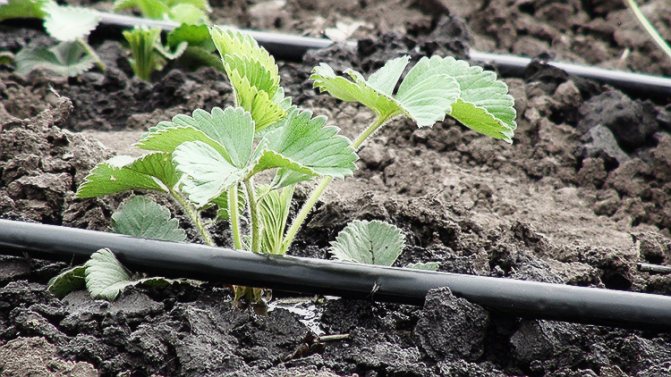

The number and types of dressings
Their appearance depends on what kind of soil is chosen for planting:
- Loamy. You can add a mixture of humus and compost, or replace such fertilizers with nitroammophos.
- Sandy. For 1 square meter, 2.5 buckets of humus or manure are enough.
- Sod. Better to fertilize with sawdust.
- Heavy clayey. Fertilize with a mixture of manure and river sand.
- Soils with low acidity. Dolomite flour, ash or limestone flour is introduced.
- Alkaline. Peat and rotted fallen leaves are well suited.
For all types of soil, in order to grow healthy and strong plants, it is imperative to add ash to the soil 2-3 weeks before planting. It is not only an additional fertilizer, but also a disinfectant. The fruits are of higher quality and purer.
At the same time, it must be brought in before digging up the soil, so that it mixes well with the ground. But it all depends on the level of soil fertility. A mandatory procedure is the complete removal of weeds and remnants of the past harvest from the selected area. Loosening on the day of disembarkation. It is better to start general soil preparation 4-6 weeks before the intended planting.
Follow-up care
The first watering can be carried out according to a scheme that stimulates root formation: crush 1 tablet of heteroauxin and dissolve in 5 liters of water. During watering, the foliage is avoided getting wet - moisten the soil with a hose or drip every 3-4 days.
From the beginning of October until frost, it is recommended to do weekly water-charging watering, and in a day to loosen the space between the seedlings to a depth of 4-5 cm.
Deep soaking of the soil will keep warm, prevent the roots from drying out in windy winters with little snow.
With insufficient care, plants are exposed to diseases, the most common: strawberry mites, aphids, gray rot, root late blight, black spot. To eliminate fungal diseases and garden pests, a treatment regimen with 1% Bordeaux liquid diluted in 10 liters of slightly warm water will help. Surface treatment is done in the morning, on a cloudy day or in the evening.
It is important that the dried solution remains on the foliage for 2 days.
The mustache is removed immediately after the strawberry fruiting has stopped. Uncontrolled growth prevents air access, the risk of late blight and decay of growth points increases.
Best predecessors
Strawberries have their best and worst predecessors - after one plant they grow and bear fruit better, after others they are worse or very bad.
Strawberry precursors
| Good | Bad - it is not recommended to plant strawberries after: |
|
|
Growing seedlings
For planting a berry crop, you can use material from your garden or seedlings from the store. It must be borne in mind that only locally grown seedlings are suitable. Plants brought from a warm region will not be able to take root in areas with a cool climate.


You may be interested in:
How to grow potted strawberries Everyone loves juicy strawberries, but not everyone risks planting them, thinking that it is very troublesome and nothing will work out. We ... Read more ...
Before buying seedlings you need to carefully examine them... A healthy plant should have 3-5 leaves. It is necessary to select samples with white root processes, reaching a length of 8-10 cm. The diameter of the root collar should be at least 6 mm.
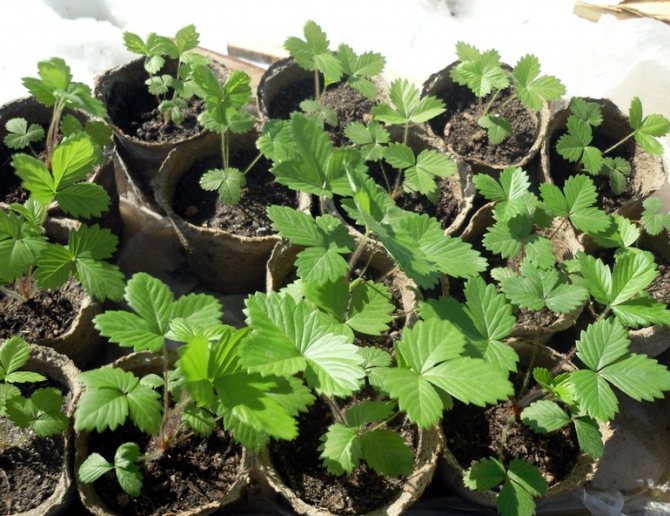

Dark and white spots on the foliage of seedlings indicate a fungal infection. You can find out that the plant has been affected by a strawberry mite by looking at the wrinkled young leaves. The plates should be leathery, shiny and light green. They also have a characteristic pubescence.
Seedlings purchased in the store should be immediately planted on the site or buried in a shaded place into a moist, loose substrate. If the material is taken from your site, then it is recommended to give preference to one-year or two-year-old berry bushes and dig in the first outgoing 2-3 antennae. It will be more convenient to grow seedlings in plastic cups or other small containers. When the plants take root, they pinch off the growing antennae, which prevent the resulting outlets from feeding from the mother bush. Separate young specimens before planting in the ground.
Seedlings are prepared within a week. After removing excess leaves and pruning dry or deformed roots, plants are treated with fungicides for fungal infections. Sprinkle the bushes with a little earth and leave in a cool place. To prevent the young strawberries from drying out, it is recommended to wrap them in moss.
An hour before planting, the seedlings must be well watered. The roots can be soaked in an infusion of garlic, which will scare away parasites. The biostimulant of growth will help the bushes to take root and develop faster. You can simply place the plants in a clay mash, which will protect the root system of the seedlings from drying out.
Transplanting strawberries in autumn
When to transplant strawberries in the fall
As we already wrote, strawberries can grow in one place for three or four years, and if you are interested in consistently high yields, after this period you need to change the plot for strawberries. The transplant will help you rejuvenate the bushes and rid the plants of pathogens specific to the culture of diseases and pests that have accumulated in the soil over three years.
You can transplant strawberries throughout the growing season, but most gardeners prefer to do this after flowering and fruiting. In which month to transplant strawberries in the fall? The best time to change the site is the end of August and September - at this time the earth is wet and well warmed up by the sun, and the weather is already cool. Before the onset of cold weather, the plants will have time to take root, grow a rosette of leaves and leave for the winter stronger.
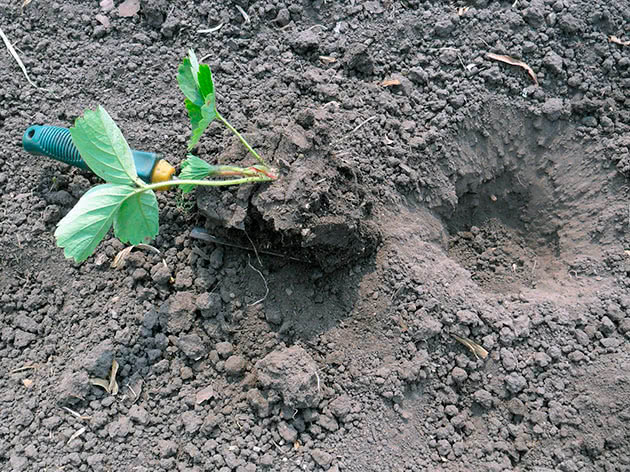

It is pointless to transfer old bushes to a new site. One-year or two-year-old bushes are transplanted, as well as young strong shoots formed on the mustache. Two-year-old bushes in a new location will yield crops as early as next year. The bush is placed in a hole or furrow filled with water, the roots of the seedling are spread, after which they are sprinkled with soil and lightly tamped around the bush, then the bed is mulched with peat or humus.

